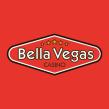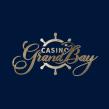On this page
Double Down Madness
On this page
Introduction
Double Down Madness is a blackjack variant by Light and Wonder that generally allows players do double anytime as well as hit after doubling. The price for these rules that cut the player's way is if the dealer draws to 22, then any standing wagers shall push. The game made its debut in July 2024 at the New York New York in Las Vegas and the Isle Casino in Waterloo, Iowa.
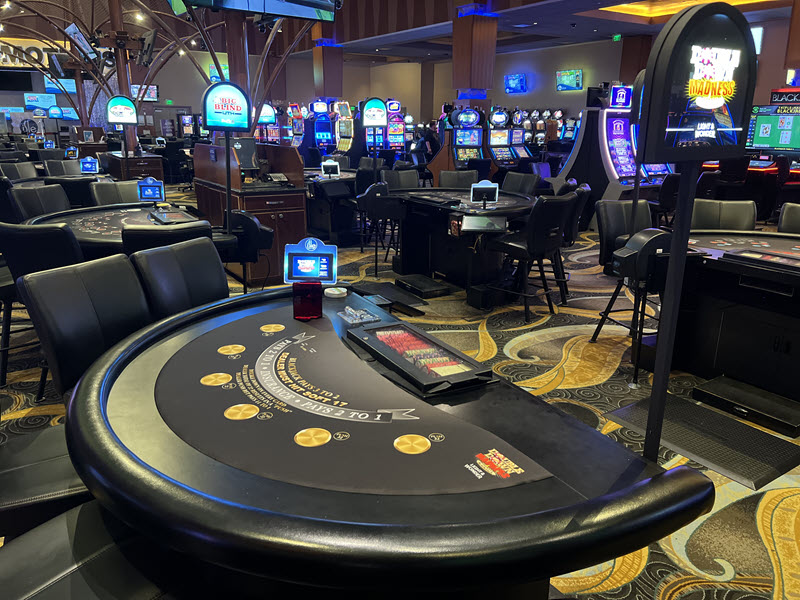
Online Blackjack Bonuses View All
We constantly maintain a database of all the casino bonuses from the hundreds of online casinos we have reviewed, and we note which bonuses allow blackjack to count towards the wagering requirements. The below table shows a ranked list of the best money online blackjack bonuses, the ranking also takes into consideration wagering requirements, bonus amount offered, the quality of the site and more.
Rules
- The game uses six or eight ordinary 52-card decks.
- All cards have the same point value as in conventional blackjack.
- After a wager is made, the player shall receive one card and the dealer two cards. One dealer card shall be dealt face up and the other face down. The face down card is known as the “hole card.”
- If the dealer’s up card is an ace, the dealer shall offer insurance wagers. As in conventional blackjack, insurance bets shall win if the dealer’s hole card is any 10-point card. Winning insurance bets pay 2 to 1.
- If the dealer has a possible blackjack (10 or ace face up), then he shall peek at the hole card for a blackjack. If the dealer has a blackjack, then he shall expose it before the players have a chance to act. All players bets will lose against a dealer blackjack, including if the player has a 10 or ace.
- The player may start making decisions with only one card.
- If the player doubles with only an ace, he shall get one additional card only. Otherwise, the player may double at any time with any number of cards.
- After the player doubles, he may continue making decisions, including standing, hitting and re-doubling (except per rule 7).
- The player may double at any time. In other words, doubling is allowed on three or more cards. When re-doubling, the additional wager is always double the previous additional double down wager. For example, if the original wager was $10, the double down wagers would go $10 - $20 - $40 - $80 - etc.
- Splitting is not allowed.
- After all players have acted, the dealer shall draw to his hand. The dealer shall hit a soft 17.
- If the dealer draws to a total of 22, then all standing wagers shall push.
- Winning wagers, except a blackjack and insurance, pay even money.
- The pay for a blackjack is configurable, according to casino management, as follows.
- Version 1: Suited BJ pays 2-1, unsuited BJ pays 3-2.
- Version 2: Suited BJ pays 3-2, unsuited BJ pays 3-2.
- Version 3: Suited BJ pays 3-1, unsuited BJ pays 1-1.
- A "push 22" side bet is available. It pays 11 to 1 if the dealer draws to 22. The dealer will draw out his hand even if all players have busted.
The New York New York is using the version 1 rules.
Strategy
If the player has a 10-point card as his first card, he should always double.
If the player has an ace as his first card, he should always double, except with ace vs. ace in version 1, he should hit.
Otherwise, with any hard total, the player should follow the following basic strategy table.
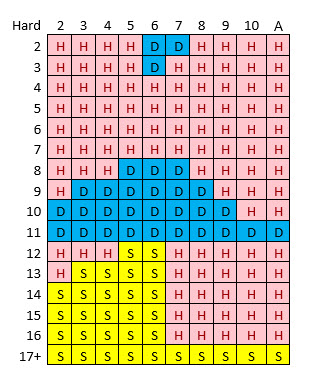
With any soft total, the player should follow the following basic strategy table.
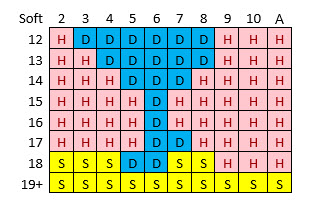
Best Online Blackjack Odds in 2026
View AllA list of blackjack games found online by major software providers of Internet casinos with the house edge of each.





Analysis
Assuming six decks and a cut card is used, the house edge is as follows.
- Version 1: 0.95%
- Version 2: 2.07%
- Version 3: 2.07%
If a continuous shuffler is used, as opposed to a cut card, the house edge is 0.03% less. If eight decks are used, as opposed to six, the house edge is 0.03% more.
The average final wager in this game is 1.57 units. This makes the element of risk, defined as the ratio of the player loss to the total amount bet, as follows:
- Version 1: 0.61%
- Version 2: 1.32%
- Version 3: 1.32%
The probability the dealer will bust with 22 points, assuming the dealer hits soft 17 and six decks, is 0.073536. As a reminder, the Push 22 side bet pays 11 to 1. That makes the house edge 11.76%. For more information on the Push 22 side bet, which is also seen in other blackjack variants, please see my page on Push 22.
Online Live Dealer Lowest House Edge Blackjack in 2026
View AllWe reviewed all the live dealer blackjack games to see which had the lowest house edge.









